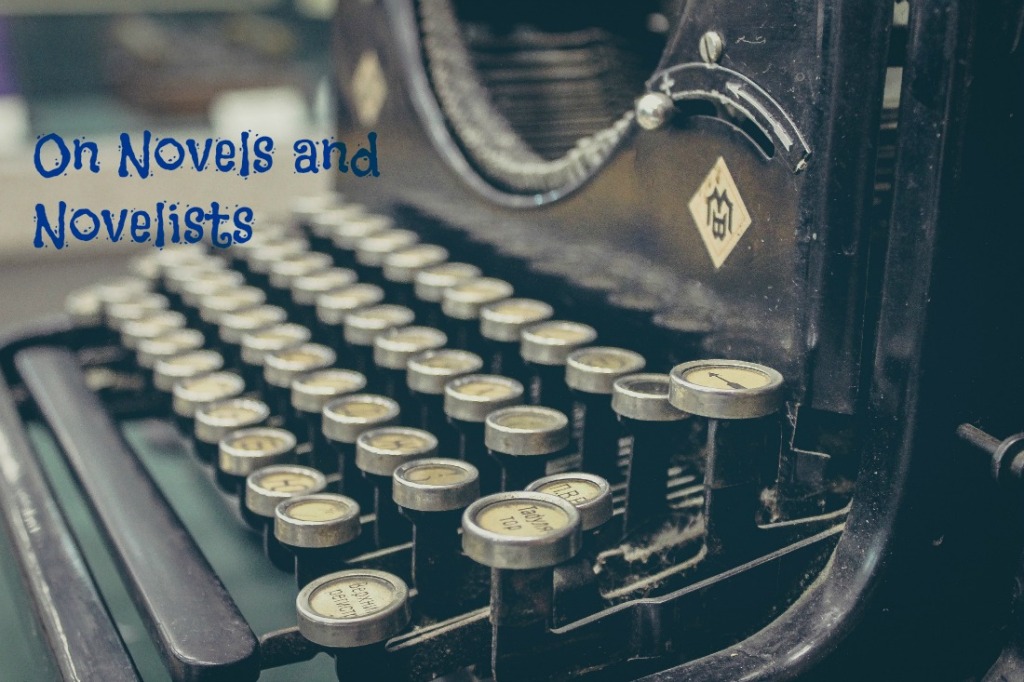Sci-fi legend Neal Stephenson says it’s getting harder and harder to predict the future
Neal Stephenson is one of the biggest names in science fiction writing. Here, Drake Baer admits that he was “stoked” to talk to Stephenson and ask him, “What do you think is going to happen to human society in the near future?”
It’s a good question, given that many observers have pointed out that the future Stephenson described in Snow Crash (1992), Reamde (2011), and other novels has already begun to materialize.
Good science fiction “supplies a plausible, fully thought-out picture of an alternate reality in which some sort of compelling innovation has taken place,” Stephenson wrote. “A good [science-fiction] universe has a coherence and internal logic that makes sense to scientists and engineers … such icons serve as hieroglyphs — simple, recognizable symbols on whose significance everyone agrees.”
Yet, despite his visionary abilities, Stephenson insists that he’s not concerned with predicting the future in his books. The point, he tells Baer, “is simply to tell good stories.”
Margaret Atwood, Digital Deep-Diver, Writes ‘The Heart Goes Last’
Margaret Atwood is another writer of science fiction whose futuristic work often feels prophetic. Her recently released novel The Heart Goes Last grew out of her interest in new forms of digital narrative. She began the project three years ago as an online serial for Byliner, but it soon grew into a novel.
Initially, Ms. Atwood planned to publish a single e-book with Byliner. But she got absorbed in the story and was intrigued by the process of shaping a narrative in full view of the public, building in cliffhangers and plot twists to keep readers coming back. She described it as a high-tech version of 19th-century serialized works like Dickens’s “The Pickwick Papers.”
As Atwood got increasingly more involved in the narrative, she and her publisher, Nan Talese, agreed that she should stop publishing serially online and hold the evolving novel for later print publication. The online publication experiment ended in May 2013 after four episodes.
She occasionally bristles when her books are billed as science fiction. Instead, she describes her futuristic stories as works of “speculative fiction,” and argues that her plots depict plausible scenarios rather than fantasy tales.
Guardian Live: Richard Flanagan on love, life and writing
Tasmanian author Richard Flanagan’s career has produced six novels, five nonfiction works, and two films. Here he tells _The Guardian_’s Marta Bausells what he’s learned over those years:
- Story is everything
- All the great love stories are death stories
- Research is overrated
- The chaos as at the heart of things
- You shouldn’t look for morality in literature
- A novel without structure is a jellyfish pretending to be a shark
- The moment you know everything about a character, you’ve created a caricature
The reading list of F. Scott Fitzgerald
Over on For Reading Addicts, Kath reveals F. Scott Fitzgerald’s recommended reading list. He reportedly dictated this list to a nurse while he was recovering from alcoholism in 1936.
You’ll have to click on the link to read the list. It’s fairly long. While I’ve read about three of the titles and have heard of a few more, there a a lot of books here I’ve never even heard of.
How about you? What do you think of Fitzgerald’s suggestions? How many of the books on his list have you read?
Hemingway in Cuba
Now that relations between the U.S. and Cuba have been restored, Robert Manning, executive editor of The Atlantic, looks back on an interview with Hemingway published in 1965.
By the time I got the opportunity to meet him, he was savoring the highest moment of his fame – he had just won the Nobel Prize for Literature – but he was moving into the twilight of his life. He was fifty-five but looked older, and was trying to mend a ruptured kidney, a cracked skull, two compressed and one cracked vertebra, and bad burns suffered in the crash of his airplane in the Uganda bush the previous winter. Those injuries, added to half a dozen head wounds, more than 200 shrapnel scars, a shot-off kneecap, wounds in the feet, hands, and groin, had slowed him down.
Brew yourself a big cup of coffee or tea—or, if you’d rather invoke the spirit of Hemingway, pour yourself a good stiff drink—and curl up with this piece of literary history.

